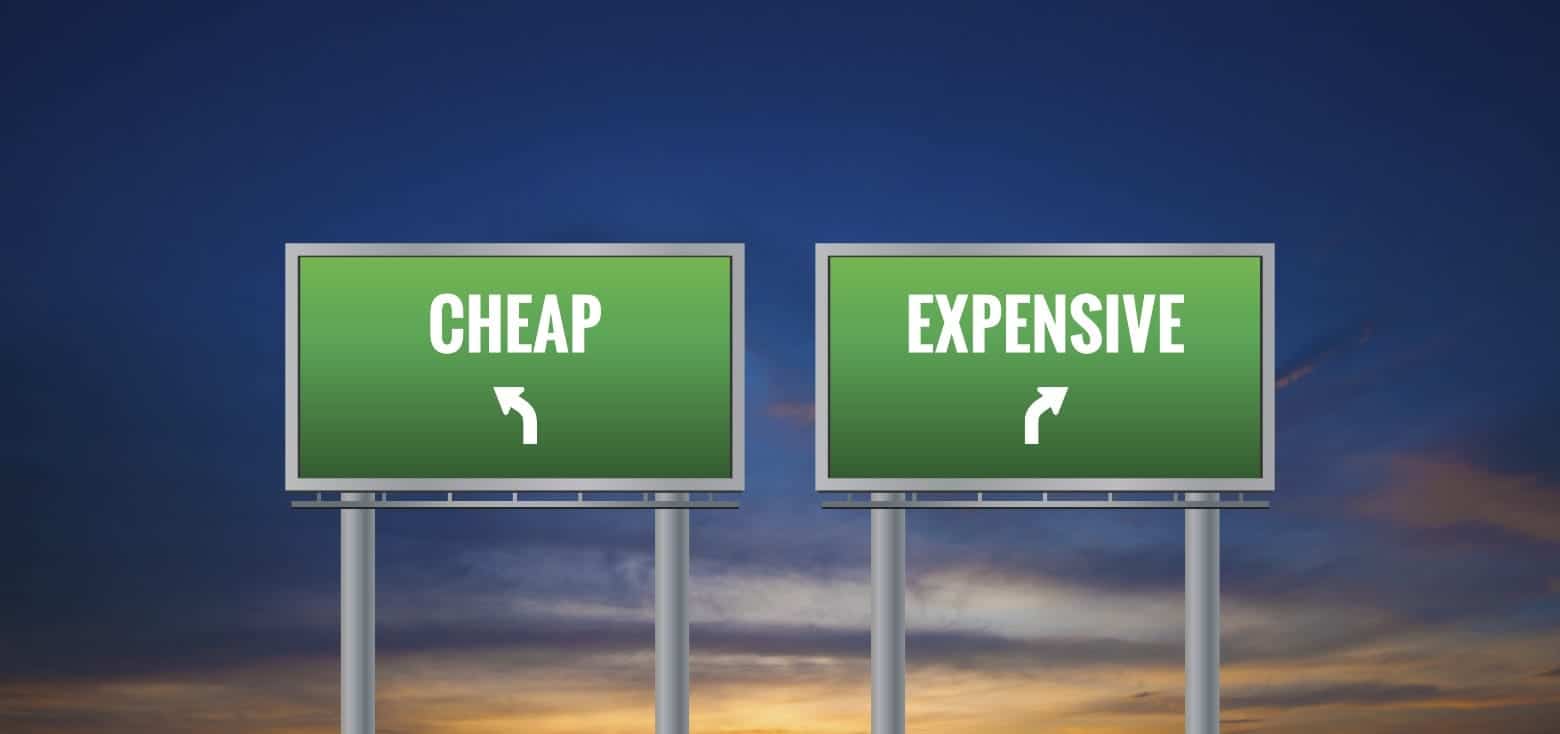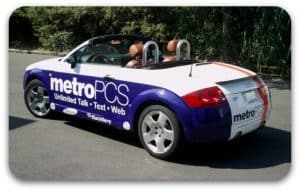Billboard Chicago Prices Often Understate the Real Cost
For marketers eyeing a high-traffic city like Chicago, billboard advertising seems like a no-brainer. After all, Chicago is one of the most visited cities in the U.S., and with its sprawling expressways, tourist hotspots, and bustling neighborhoods, it appears to be prime billboard territory.
But when you begin to dive into billboard Chicago prices, it quickly becomes evident that what you see isn’t what you get. The real cost of billboard advertising in Chicago includes a host of hidden fees, logistical headaches, and unclear ROI metrics that most blogs and media kits fail to mention.
In this article, we’ll dissect the true cost of billboard ads in Chicago, break down why they’re becoming harder to justify, and present an alternative that’s more targeted, traceable, and affordable.
Billboard Chicago Prices: What You’re Quoted vs. What You Actually Pay
Let’s start with the number most agencies will pitch you:
$1,500–$30,000 per month depending on the location, size, and visibility of the billboard.
Sounds like a wide range? It is. And that’s before you factor in everything else.
Common Hidden Costs Behind Billboard Ads
Design Fees: You’ll need professional designers to create an impactful layout that works from a distance.
Printing & Production: Large format printing can range from $500 to $2,000 depending on complexity.
Installation Fees: Hanging your billboard ad often requires cranes and skilled crews, adding hundreds more.
Permitting: The city of Chicago has strict zoning and permitting laws that can delay launch dates and add unexpected costs.
Tracker Add-ons: Want metrics? Billboard tracking isn’t free—it’s an additional subscription or vendor contract.
When all is said and done, billboard Chicago prices can double or triple from the original quote, especially in high-demand areas like River North or the Loop.
Billboard Advertising ROI: Hard to Track, Easy to Overspend
Let’s say your billboard is live for 30 days. You get an estimated 500,000 impressions.
Now what?
Can you tie those impressions to conversions?
Can you A/B test messaging on a billboard?
Can you adjust mid-campaign if something isn’t working?
Unfortunately, the answer to all of the above is usually no. Billboard advertising is static and inflexible—two major flaws in a marketing landscape that thrives on agility.
Billboard Chicago Prices vs. Performance: Is It Worth It?
Even a modest billboard in Chicago will set you back $10,000–$15,000 per month after all costs are accounted for. And for what? A fleeting message passed at 40 mph?
Sure, billboard advertising can create brand awareness. But that’s not always enough for today’s ROI-focused marketing teams.
And this is where Adzze’s in-hand advertising model enters the picture.
Smarter Alternative: In-Hand Advertising with Adzze
Instead of hoping someone sees your billboard ad, why not place your brand directly in their hands?
Adzze’s model uses real-world touchpoints—coffee cups, pharmacy bags, pizza boxes—to distribute your message where attention is undivided and your brand becomes part of the experience.
Why In-Hand Advertising Wins Over Billboard Advertising
Guaranteed Impressions: You know exactly how many branded items are distributed.
High Engagement: Coffee sleeves and pizza boxes are held, used, and often shared.
Targeted Reach: Want to reach moms? Use pharmacy bags. Young professionals? Try bar coasters.
Cost-Efficient: Campaigns start at a fraction of billboard Chicago prices.
Comparing Billboard Chicago Prices to In-Hand Media Campaigns
Cost Factor |
Billboard Ad in Chicago |
In-Hand Campaign via Adzze |
Monthly Cost |
$10,000–$30,000 |
$2,000–$8,000 |
Design & Production |
Additional $1,000+ |
Included or minimal |
Campaign Flexibility |
None |
High |
Targeting Capability |
Low (location only) |
High (demographic + context) |
Measurable Engagement |
Limited |
QR codes, promo redemptions |






